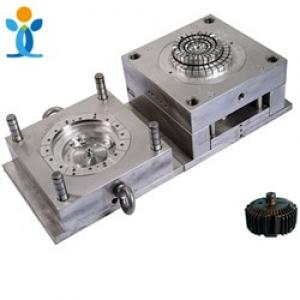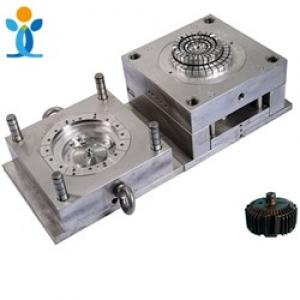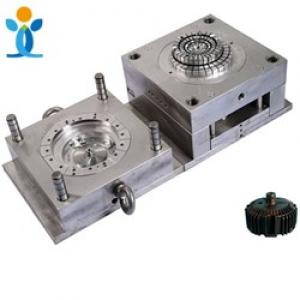factors affecting the strength of injection parts
factors affecting the strength of injection parts
Injection molding is a method of industrial product production modeling. Rubber injection molding and plastic injection molding are usually used for products. Injection molding can also be divided into injection molding, molding and die casting.
Injection molding machine (hereinafter referred to as injection machine or injection molding machine) is the main molding equipment that uses plastic molding molds to make thermoplastic or thermosetting materials into plastic products of various shapes. Injection molding is realized through injection molding machines and molds.
Several injection molding processes affecting the strength of injection molded parts:
1) Increasing the injection pressure can improve the tensile strength of PP injection molded parts
PP material is more elastic than other hard rubber materials, so the density of injection molded parts will increase with the increase of pressure, which is relatively obvious. When the density of plastic parts increases, its tensile strength will naturally increase, otherwise it will decrease.
However, when the density increases to the maximum value that PP itself can reach, the tensile strength will not continue to increase if the pressure is increased. On the contrary, it will increase the residual internal stress of the injection molded parts and make the injection molded parts brittle. Therefore, it should be enough.
Other materials have similar situations, but the obvious degree will be different.
2) Hot oil injection molding can improve the strength of saigang and nylon parts
Nylon and POM materials are crystalline plastics. The cooling speed of injection molded parts can be slowed down and the crystallinity of plastics can be improved by using a hot oil engine to transport hot oil for injection molding. At the same time, due to the slow down of cooling speed, the residual internal stress of injection molded parts is also reduced. Therefore, the impact resistance and tensile strength of nylon and POM parts injected with hot oil by hot oil engine will be improved accordingly.
It should be noted that the dimensions of nylon and POM parts injected with hot oil by hot oil engine are somewhat different from those injected with water, and the nylon parts may be larger.
3) If the speed of glue melting is too fast, raw glue will be produced even if it is injected at 180 ℃
Usually, PVC 90 degree material is injected at 180 ℃, and the temperature is enough. Generally, there will be no raw rubber problem. However, it is often due to the reason that it has not attracted the operator's attention, or the deliberate acceleration of the glue melting speed in order to speed up the production, which makes the screw retreat quite quickly. For example, in only two or three seconds, the screw retreats to more than half of the maximum glue melting amount, and the PVC material is seriously insufficient for heating and mixing, resulting in the problem of uneven glue melting temperature and mixing, The strength and toughness of injection molded parts will become quite poor.
Therefore, when injecting PVC material, be careful not to arbitrarily adjust the melt speed to more than 100 rpm. If it must be adjusted very quickly, remember to increase the material temperature by 5 to 10 ℃, or appropriately increase the melt back pressure to match. At the same time, pay attention to regularly check whether there is a raw rubber problem, otherwise it is very likely to cause significant losses.
Because most people don't care too much about this problem, it is specially put forward here to remind us that we must pay attention to production and remember to do a good job in inspection.
On the contrary, it should also be noted that if the glue melting speed is too slow, even 180 degree injection molding of pvc90 degree material will also cause the problem of glue burning, especially for transparent PVC, there will be many black spots and gas lines on the injection molded parts.




